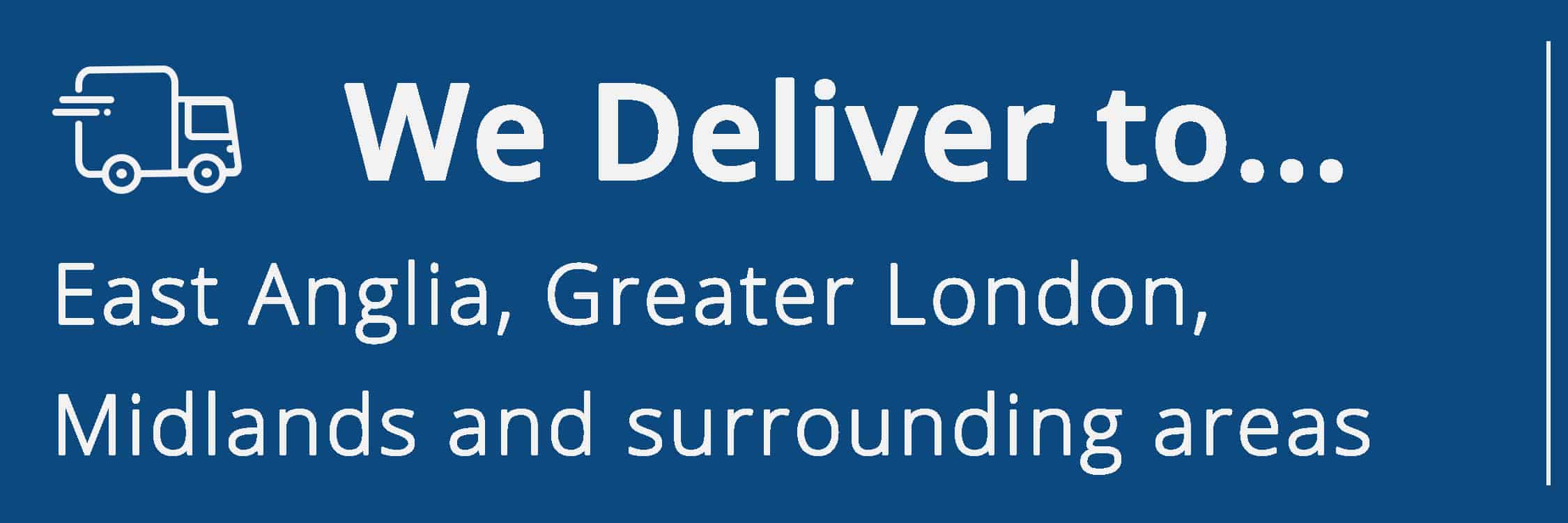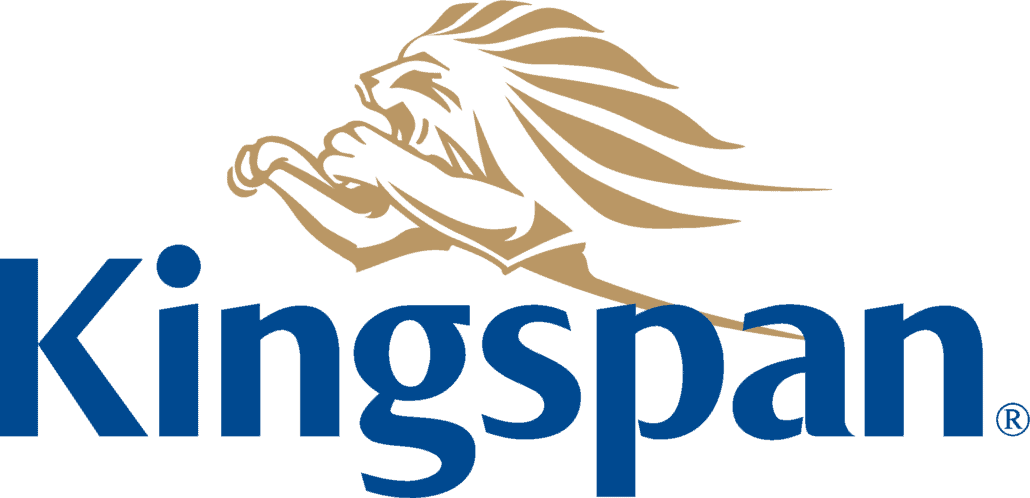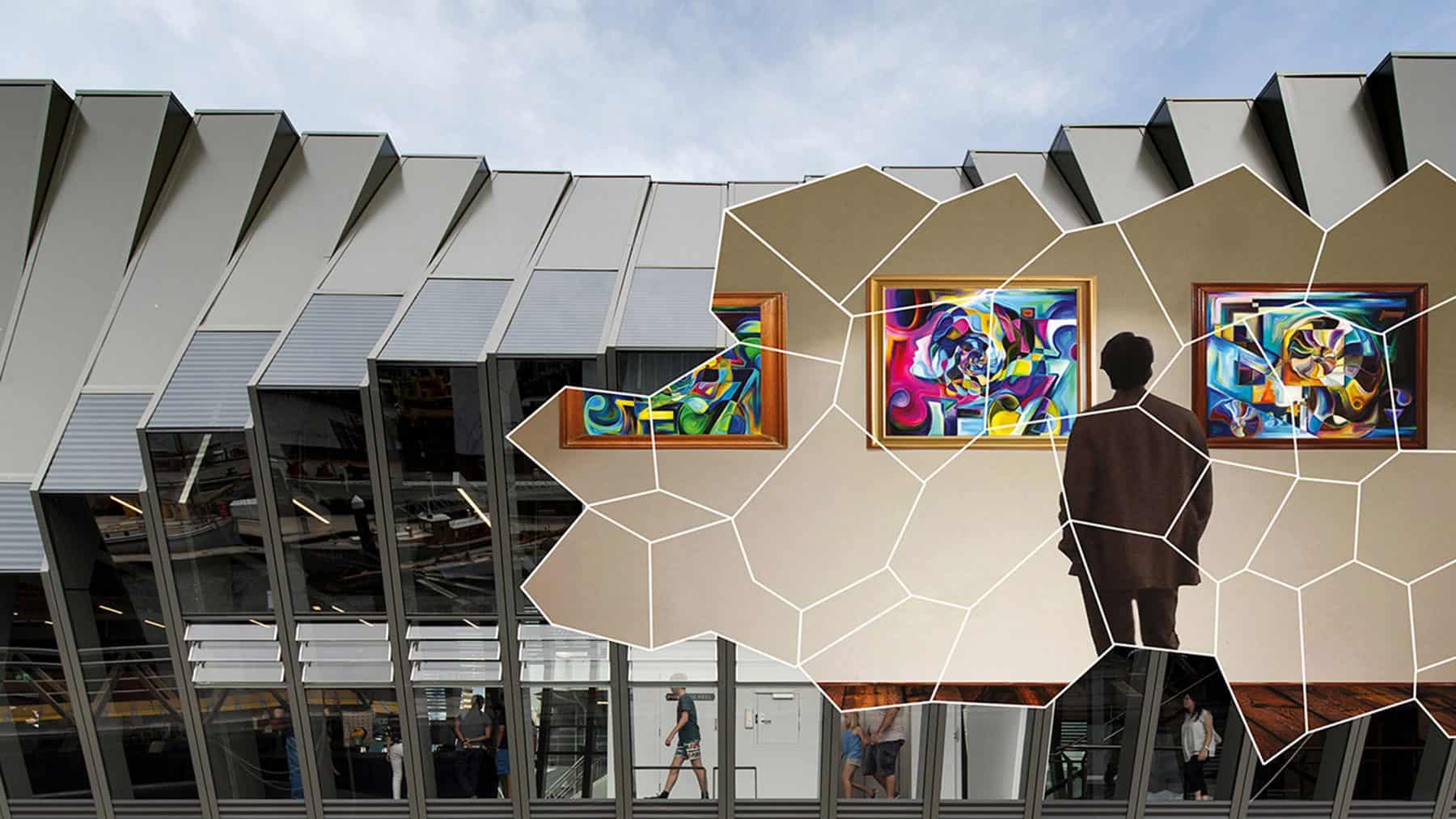Exploring Building Aesthetics and Colour with QuadCore Technology
What aesthetic options can insulated panels provide?
Insulated panels have become a common feature on major industrial buildings. With cost efficiency prioritised on these projects, earlier panels were typically specified in a standard design, usually coloured a shade of grey with a trapezoidal profile. Today, however, modern insulated panels offer far greater design freedom.
Why is colour choice important in architecture?
Colour is a powerful part of our surroundings, but it is often an afterthought in building envelope design, especially on highly functional constructions such as warehouses. But one of the advantages of insulated panel systems is that they not only provide a high level of thermal and structural performance but also available with a vast array of colour coatings that are designed to meet the needs of any application.
How to create striking building aesthetics with insulated panels
During the early 1970s rapidly rising fuel prices placed new pressures on industrial building owners. The cost of heating large warehouses and production facilities increased significantly, and they needed an envelope solution which could be installed efficiently across large areas, meet the structural challenges these buildings face and provide greatly improved thermal performance. The answer was metal faced insulated panels.
In the half century since, insulated panels have become a common feature on major industrial buildings. With cost efficiency prioritised on these projects, earlier panels embraced utilitarian design and were typically coloured a shade of grey with a trapezoidal profile. Today, however, modern insulated panels offer far greater design freedom. The panels are available in a diverse range of colour options, coatings, profiles, and panel dimensions and can also facilitate unusual geometries from jutting angular designs, to sweeping curves. They can also easily integrate with a range of purpose-designed daylighting technologies.
This outstanding aesthetic choice, in combination with their fast-track installation and advances in thermal performance such as QuadCore technology, means today you can see examples of insulated panels on just about any building type — including flagship cultural buildings, schools, shops, hospitals, distribution centres and apartments.
What aesthetic options can insulated panels provide?
The diverse range of modern roof and wall insulated panel designs reflects the ongoing dialogue between manufacturers and the various members of the project team, including architects, installers and building owners. This process informs the active development of new innovations in insulated panel technology, ensuring they can support even the most challenging applications.
As a result, in addition to traditional trapezoidal and flat profiles, insulated wall panels are now available in a variety of profiles, from subtle micro ribs to jutting louvre designs and flowing waves. These add depth, texture and interest to the outer walls of any building. The panels are typically installed with secret fixings and complementary fabrications, such as pre-formed corners and flashings, which maintain seamless continuity across the building facade.
As we discuss building colour options below, both the insulated panels and fabrications are now available in a variety of colour matched coatings. The options range from bold solid colours, to modern metallics and even textured finishes, and can be easily integrated on the same facade to create smooth colour gradients or striking contrasts. The latest advances in coating technology provide enhanced resistance to corrosion, UV radiation and weathering and better gloss retention, keeping buildings looking their best across their lifetime without the need for special maintenance.
Designers also have considerable freedom to vary the size, dimensions, and orientation of insulated panels. Many solutions can be installed in either horizontal or vertical orientations in lengths from less than two metres up to 17 metres or more, and different sizes can be integrated within the same facade to create dynamic patterns. A growing number of curved panel options are also now available for roofs and walls, allowing the construction of wave form roofs and flowing facades.
The panelised design of these systems means they can seamlessly integrate with wall and roof daylighting technologies. New options include full height wall light systems which can be specified in a range of colours, adding attractive features to the outer facade whilst flooding internal spaces with natural light.
Beautifully efficient building envelopes
The drive towards a more sustainable, energy efficient built environment shouldn’t mean designers have to compromise on their vision. Our QuadCore insulated panels deliver lasting fabric performance in a comprehensive system package – supporting ongoing innovation in both sustainability and aesthetics.
Why is colour choice important in architecture?
Colour is more powerful than we often realise. Beyond acting as mere decoration, colour can influence our mood, perceptions, behaviours, and even our physical state. It is an essential part of our built environment and yet it is still often treated as an afterthought in building envelope design.
When it comes to interiors, there are numerous blogs, articles, and research to help you decide what colours to use in different spaces. And the impact of these choices is well understood. What is less often appreciated is that making use of colour on a building’s exterior can be just as influential. Strategically incorporating colour into a building’s facade creates an immediate impact, communicating its purpose, context, and identity before we even enter.
The correct choice of colour in construction can also help to establish a sense of space, highlight individual sections, break down large elevations and either add a sense of calm or inject some vitality.










